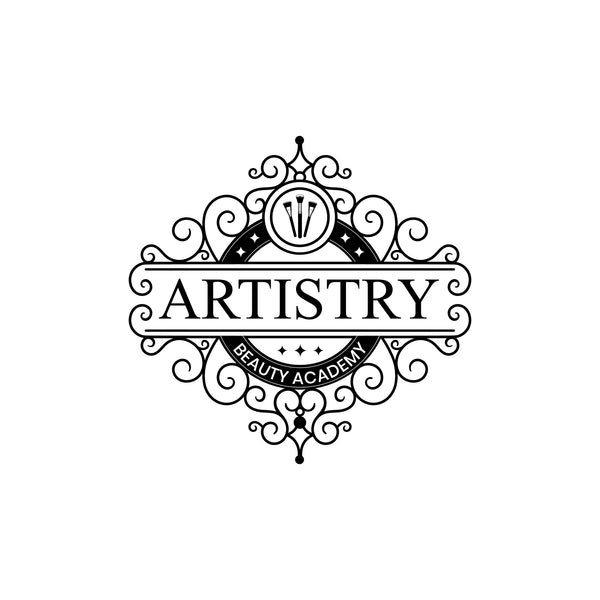
The Power of Facials: Creating a Smooth Canvas for Perfect Makeup Application
Share
In the world of makeup artistry, achieving a flawless finish often starts long before the application of foundation or eyeshadow. As a makeup artist, I’ve seen firsthand how vital it is to begin with a well-prepared, smooth canvas. This is where facials come into play. Regular facials not only benefit the skin’s health but also play a crucial role in ensuring that makeup applies seamlessly and looks its best.
The Role of Facials in Makeup Preparation
Facials are more than just a luxury—they are an essential part of skincare that prepares the skin for optimal makeup application. A well-executed facial helps to exfoliate dead skin cells, deeply cleanse the pores, and enhance overall skin texture. This preparation is key to creating a smooth, even surface that allows makeup to glide on effortlessly and stay put throughout the day.
-
Exfoliation: One of the primary benefits of facials is exfoliation. During a facial, exfoliating products or techniques are used to remove dead skin cells and unclog pores. This step is crucial for eliminating rough patches and uneven texture that can interfere with the application of foundation and other makeup products. Smooth, polished skin provides a better base for makeup, reducing the likelihood of streaks and uneven coverage.
-
Deep Cleansing: Facials often include deep cleansing treatments that remove impurities, excess oil, and residual makeup. Clean pores allow for better makeup adherence and can prevent issues such as clogged pores and breakouts. A clean canvas ensures that makeup adheres evenly and lasts longer, providing a fresh and radiant appearance.
-
Hydration: Facials typically involve the application of hydrating masks and serums that infuse the skin with moisture. Properly hydrated skin is plump and dewy, creating a natural, healthy glow that enhances the overall look of makeup. Hydration also helps to minimize the appearance of fine lines and dry patches, ensuring that makeup does not settle into creases or flake off.
-
Skin Tone and Texture: Many facials include treatments designed to even out skin tone and improve texture. Techniques such as light therapy, chemical peels, or microdermabrasion can address issues like hyperpigmentation, redness, or uneven skin texture. An even skin tone and smooth texture contribute to a flawless makeup application and a more radiant finish.
Timing and Aftercare
Timing is crucial when integrating facials into a makeup routine. Ideally, facials should be scheduled at least a few days before a significant event or makeup application to allow the skin to settle and any potential redness or sensitivity to subside. Post-facial, it’s important to follow a gentle skincare routine and avoid heavy makeup or harsh products that could irritate the freshly treated skin.
Incorporating regular facials into your skincare regimen is a game-changer for achieving a smooth canvas for makeup application. As a makeup artist, I emphasize the importance of a well-prepared skin base to enhance the final look. Facials offer a range of benefits—from exfoliation and deep cleansing to hydration and skin tone improvement—that contribute to a flawless, radiant appearance. By prioritizing skin health and maintenance through facials, you ensure that your makeup not only looks its best but also lasts longer, giving you confidence and a polished finish every time.
